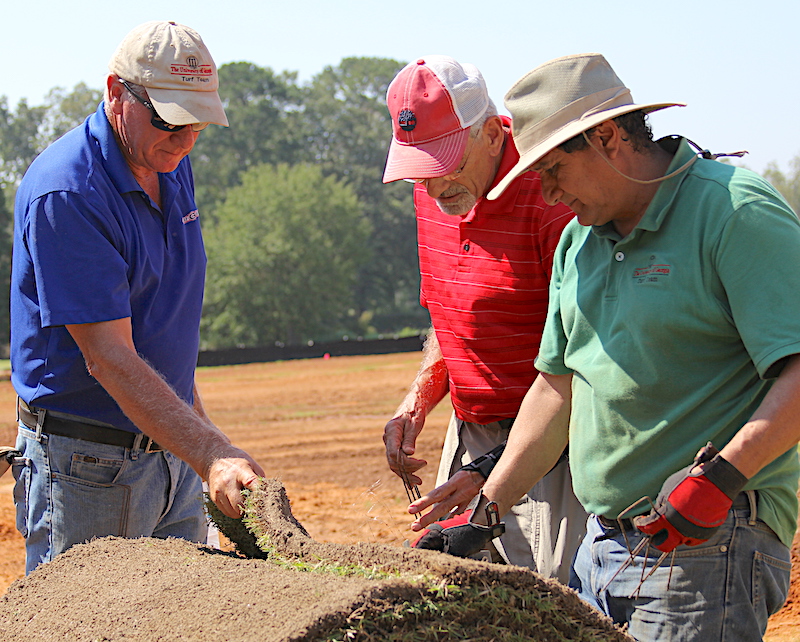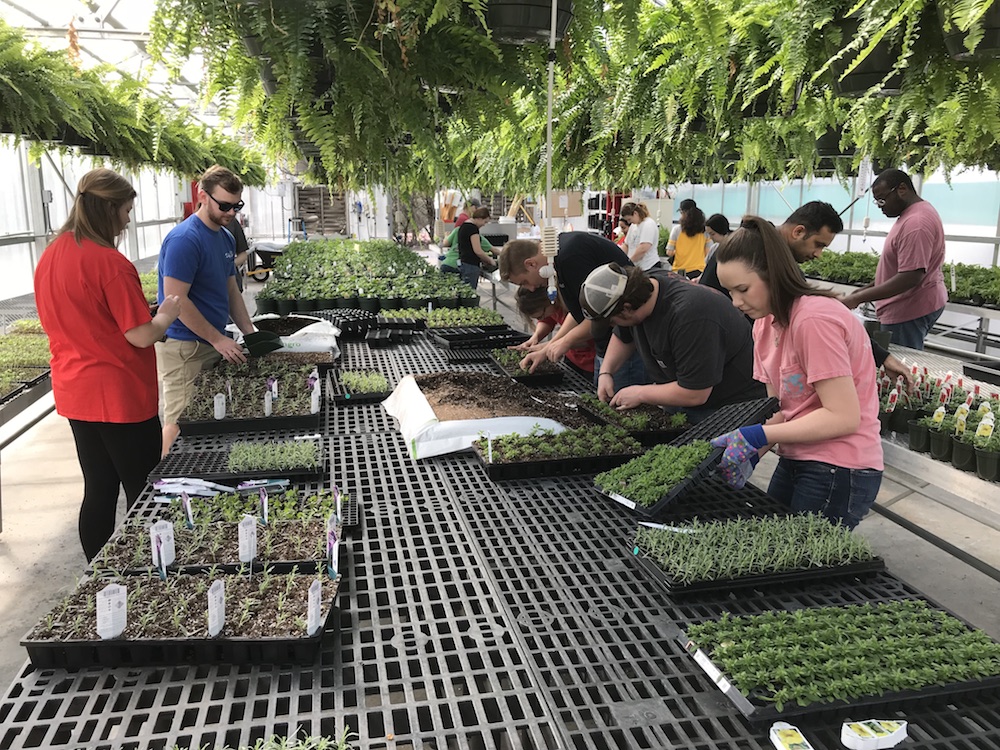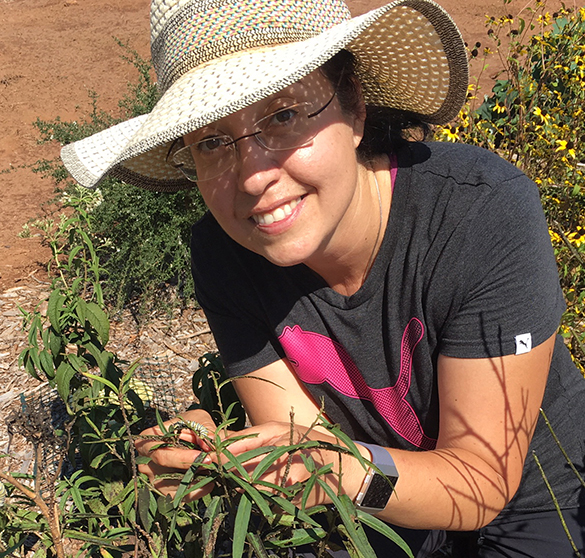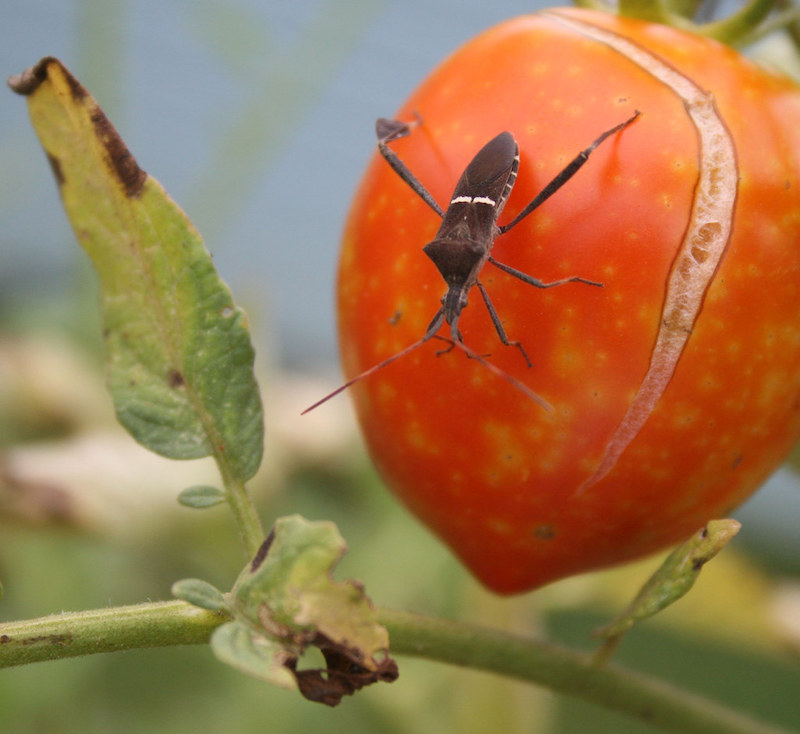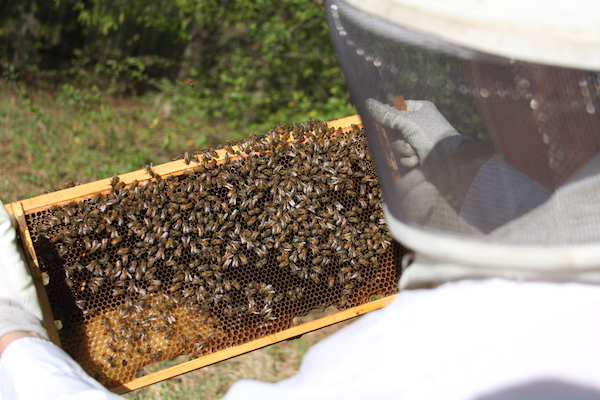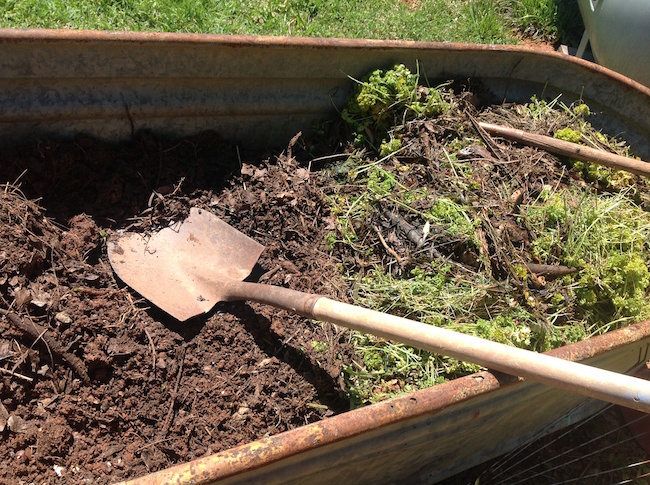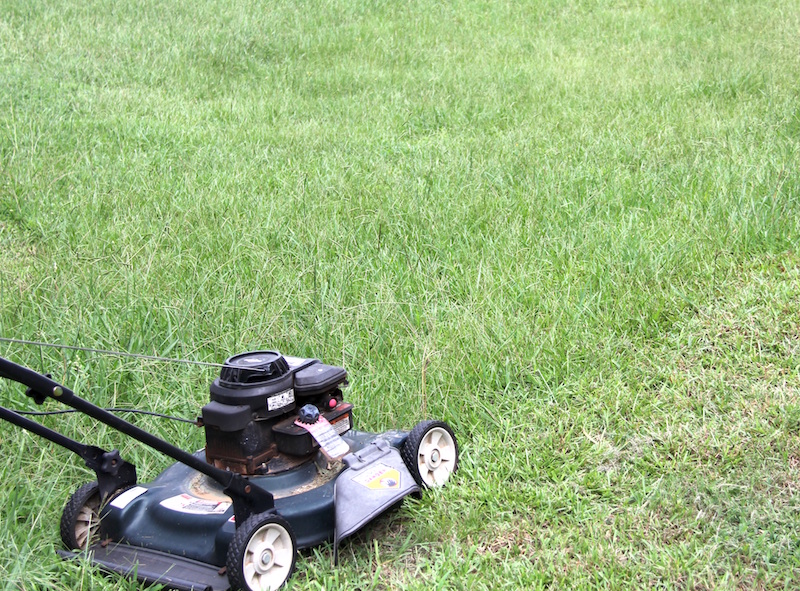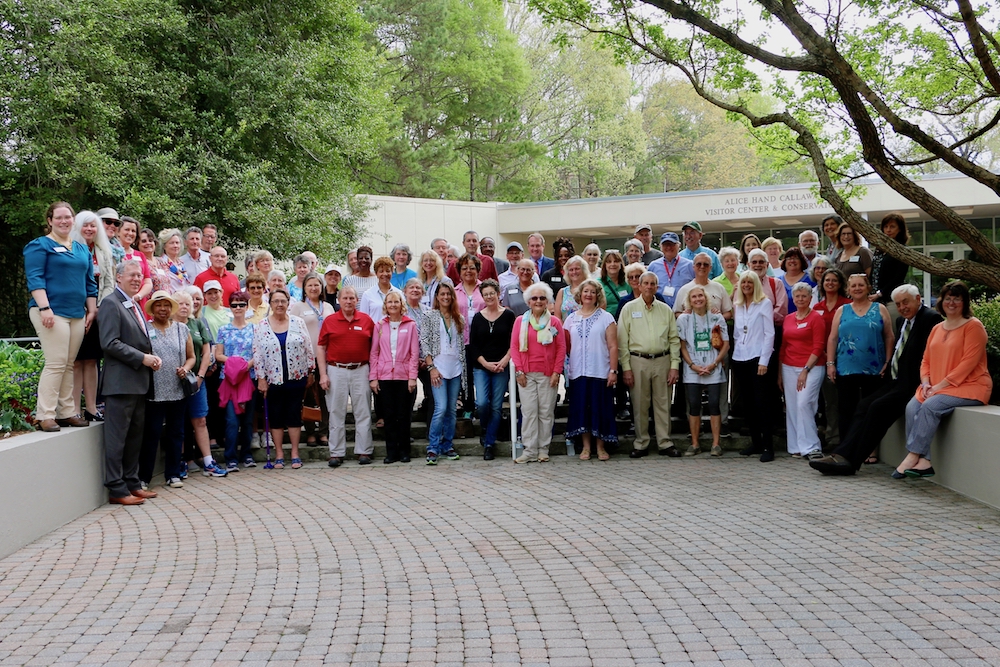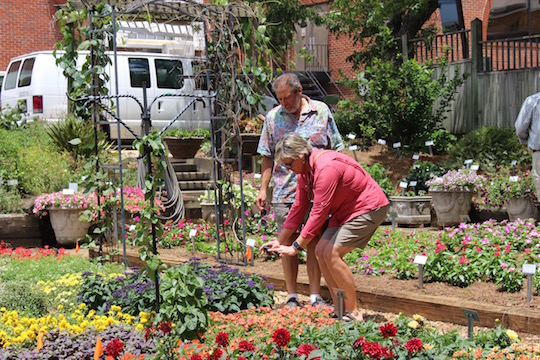 CAES News
CAES News
Trial Gardens Open House
Each year the Trial Gardens at the University of Georgia hosts a summer open house to show off the season’s best plants. This year they’re working to beat the heat by moving the party from July to June.

